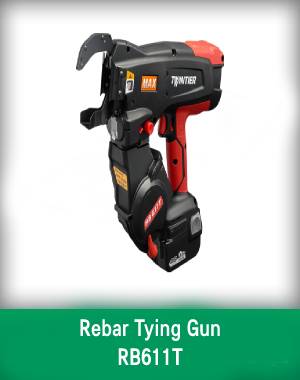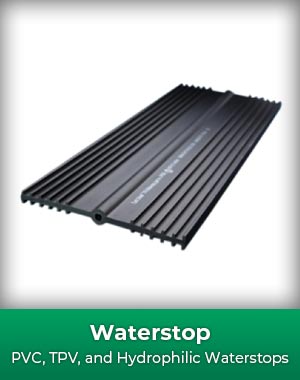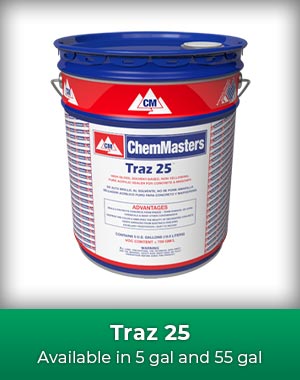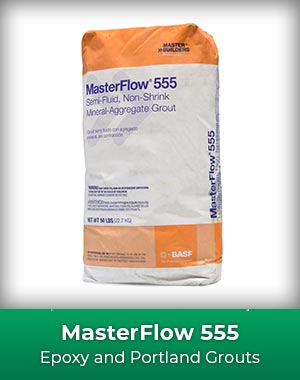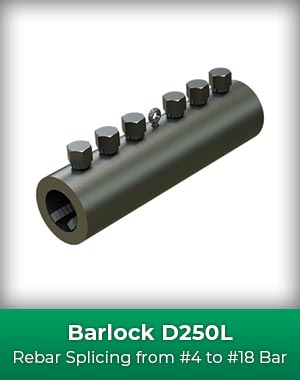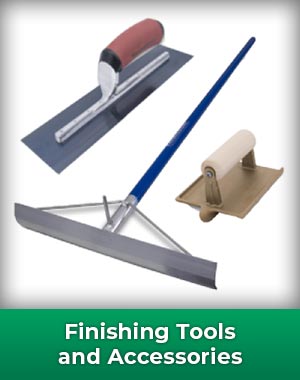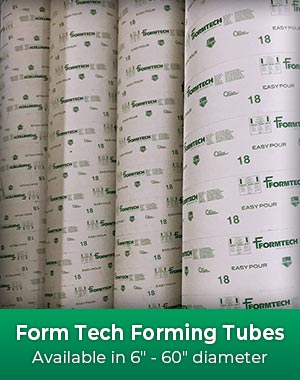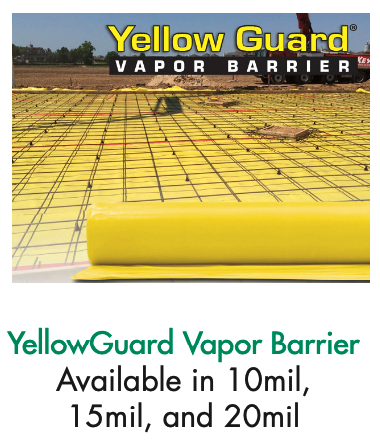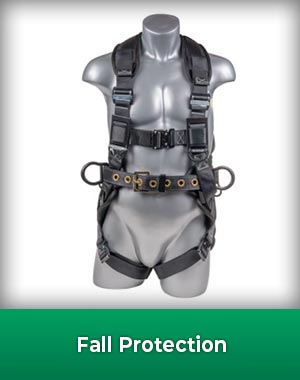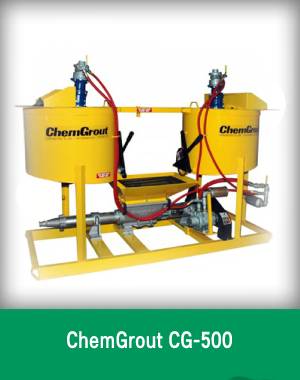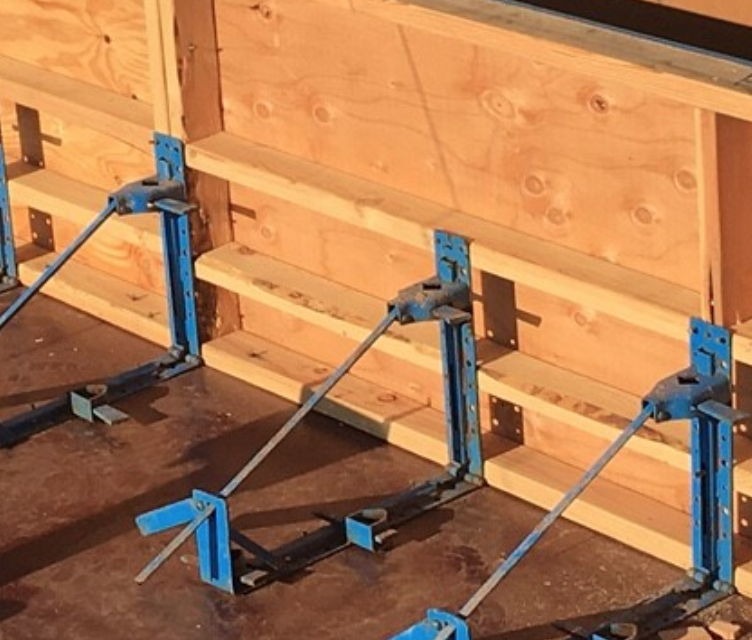Featured Products:
The Adjustable Kicker is the only steel brace that attaches to wood or steel forms and can be used on dirt, wood, or concrete surfaces. It eliminates the inefficiency of wood bracing resulting in higher profits. The quick adjustability allows for a faster, straighter wall line with zero waste, increasing production between 30%-60%. With three standard and custom sizes available, it can withstand up to a 2 ft. pour. When the job is completed, it detaches and folds down for the next application.
| Data Sheet: |
Product Description
KEY BENEFITS
- Adjustment Positions
-
- The Adjustable Kicker will adjust to various surface angels and establish required height elevations.
- Straighter Edges
- The precision of the Adjustable Kicker allows for straighter edges with less work than wood bracing.
- Efficiency
- To increase production in repetitive forming, simply leave the Adjustable Kicker attached to the forms and move from pour to pour.
- Angled & Batter Forms
- The Adjustable Kicker can adjust to specific degrees of angles.
- Anchors to all Surfaces
PRIMARY USES
- Bridge decks
- Steel forms
- Slabs on grade
- Monolithic pours
- Stadiums
Manufacturer Info

Adjustable Kicker Co.
BRACING FOR SPEED
Senior project manager Jerry Stafford faced a forming dilemma. His company, Taylor Ball Construction, got the contract to pour almost 11 1/2 miles (60,000 lineal feet) of riser seating for the new Kansas City International Speedway. The project specifications required that the riser steps not be more than 1/4 inch out of plum nor deviate in straightness more than 1/4 inch in 10 feet, with a maximum of 1/2 inch in 30 feet. Because setting the riser forms fast and accurately was the top priority, Stafford originally intended to use a gang-form system moved into position by crane. But crane access on the job was restricted, and Stafford was aware of a similar project where specification requirements for straightness weren’t met because the multiriser gang-form system used had shifted during concrete placement. Deciding instead to use hand-set forms, Stafford was confronted with another problem-how to meet the high production rates required by the project schedule. Traditionally, handset forms for a project of this type would require the use of wood kickers as braces. However, this bracing method was rejected because it would slow down the job and boost labor and material costs. Fortunately, Taylor Ball discovered the solution to the bracing problem at World of Concrete 2000-a reusable metal bracing system called the Adjustable Kicker.

